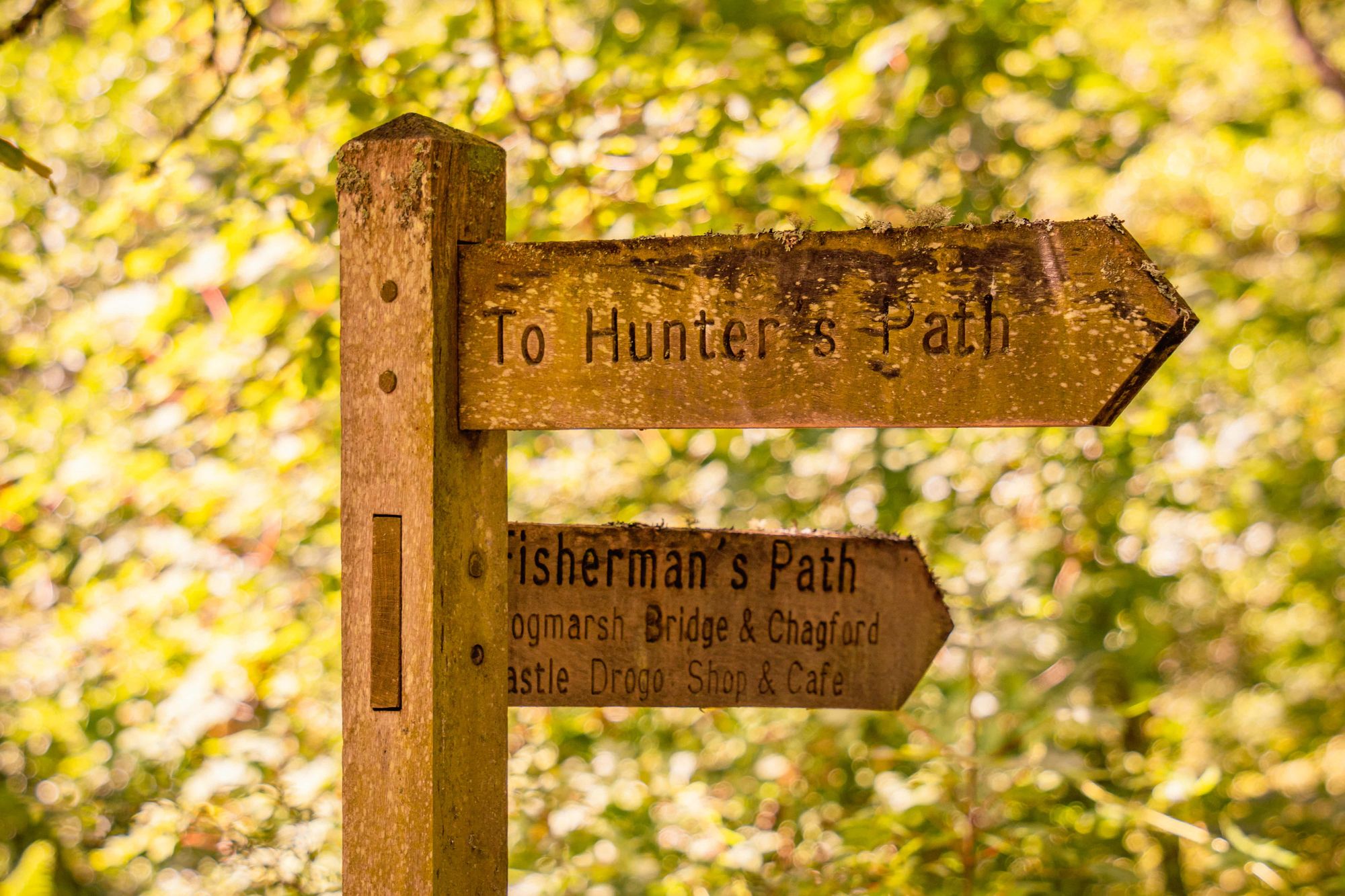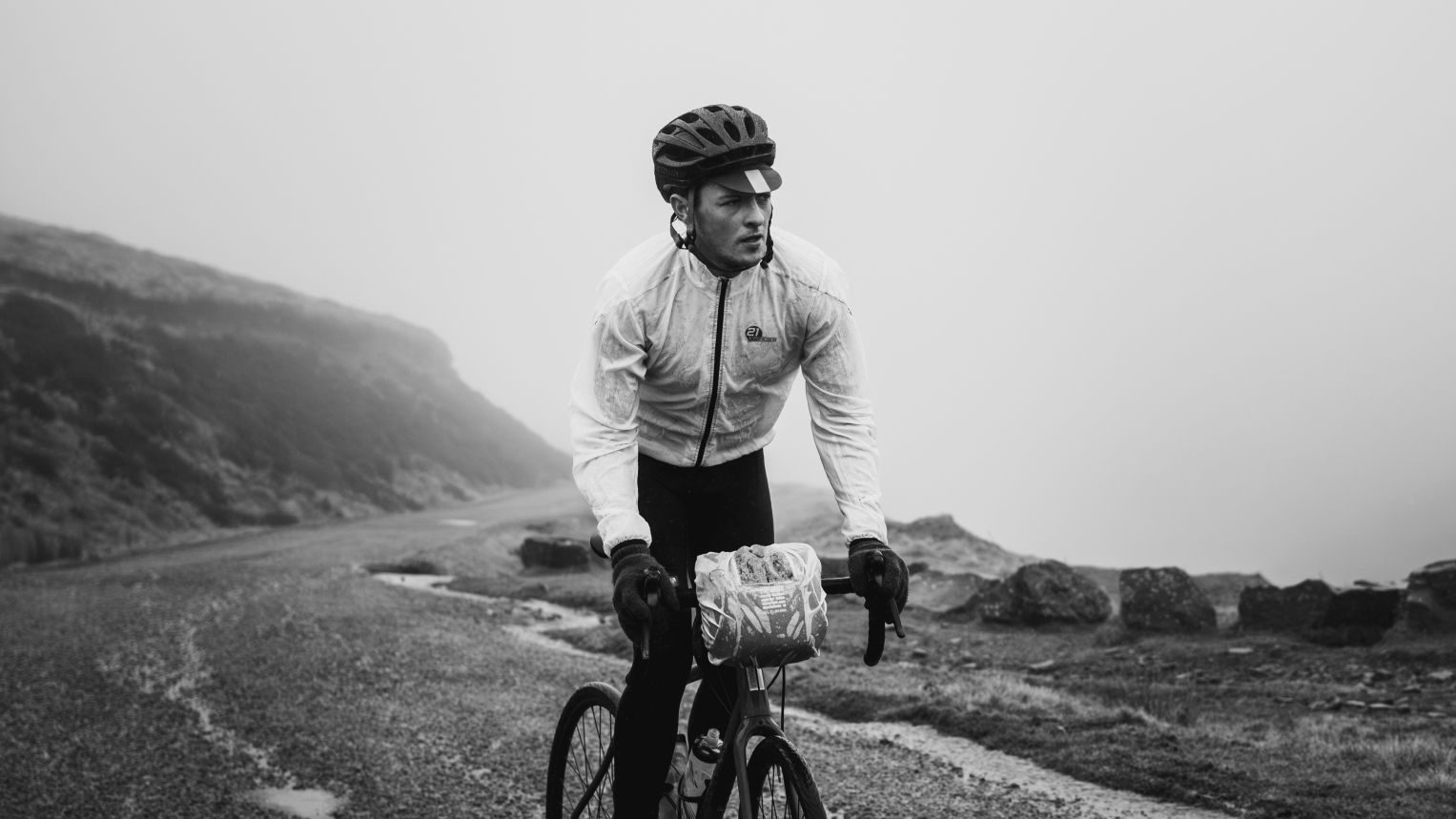Slop, ice, snow and floods; winter riding in the UK poses a whole new set of challenges for cycling, especially when it comes to riding off-road, but these need not stop you. We hear from cycling journalist Katherine Moore about keeping the sparkle in your riding, even through the foul weather of winter days.
There may be less daylight, less sun, less warmth and less grip under tyre, but that doesn’t mean that you need to hang up your knobbly-tyre steed until spring. Crunchy leaves give way to crunchy frost and there’s so much still to be enjoyed by gravel or mountain bike if you learn to adapt your riding a little. From tyre recommendations to a few route-planning gems, here are my top five tips for riding off-road in winter.
Switch for more winter-friendly tyres
Forget everything else; if there’s one thing you do this winter that future you will thank you for, it’s switching out your rubber for a more winter-friendly alternative.
What do we mean by this? Essentially, you’re looking for a tread pattern that’s more ‘aggressive’ – i.e. Deeper and more angular knobs – which will give you more grip in the mud. A few favourites include the Vittoria Terreno Wet and Teravail Rutland.
I remember the first time I switched out my summer WTB Riddlers for a pair of winter mud tyres after a few weeks of slithering about and the difference was like night and day. With enhanced grip and confidence, you’ll be keen to tackle the trails no matter the conditions.
Mudguards are cool
Aesthetics aside, mudguards are cool. Keeping your behind clean and dry is cool. I won’t elaborate too much, but I’m sure other women will agree that keeping your chamois free of trail dirt is much better for your intimate health, too.
Helping you stay comfortable in the saddle essentially means that you’ll be happier riding for longer – not to mention still being able to stop at your favourite cafe without fear of ruining their lovely cushioned seats.
Depending on what kind of mudguards you’re running, mudguards can also help to reduce the amount of water and dirt that comes into parts of your bike such as your headset and drivetrain, saving you money on maintenance and parts replacements in the long run.
There are a few different types to choose from when it comes to gravel and mountain bikes:
- Full-length mudguards can be used on gravel bikes, with a similar design to traditional road bikes, but much wider blades to accommodate wider tyres. However, these are often limited by tyre clearance, and you’ll need to check you have mudguard mounts too.
- There are a few strap-on mudguards such as those from Mudhugger for gravel and mountain bikes, which offer coverage for the rider from the worst of the flying muck.
- Ass Saver’s Win Wing uses a ‘wishbone’ structure to host a rear mudguard, which is lightweight and easily detachable.
Pick your moment
Don’t write off riding completely just because it’s winter. Keep an eye on the weather forecast and look for those windows of opportunity – some of my most memorable rides have been through the winter months. Quieter roads and trails and a heightened level of satisfaction on making it home despite the cold and/or downpours can both make off-season riding feel more special.
When the weather turns icy, forget the road bike and head off-road instead. Remember, frozen ground means no mud, so that’ll save you from needing to wash your bike for a while! Snow is also great fun on a mountain bike, if you’re lucky enough to get some.
Too cold or wet to ride? Embrace the cross-training with some weights in the gym or other indoor activities like bouldering with some pals. Working on your core strength is a fantastic way to see out those miserable days while paving the foundation for an even more enjoyable cycling summer in the year ahead.
Adapt your route
How your local trails hold up in the winter will largely depend on where you live and ride. For example, much of Central South and South East England is characterised by chalk ridges, which make up the South Downs, North Downs, Cranborne Chase, Salisbury Plain and the North Wessex Downs. While these make for excellent riding in the drier summer months, the clay becomes sticky and slimy when wet, making riding really tough going.
Choose where you ride wisely, and plan routes that head to well-draining areas and onto gravel tracks and forestry roads. The New Forest is a prime example for year-round riding, and many of the gravel tracks of South Wales. Avoid areas near rivers or canals, which may be prone to flooding, or grassy field edge bridleways which are likely to be muddy and slow-going.
Remember you don’t have to save those riding trips for summer; why not treat yourself to a weekend away riding somewhere new through the winter months, especially if your local trails don’t hold up so well.
Foul-weather gear
There are all sorts of products on the market these days to keep you riding through the winter. You could bankrupt yourself if you went out tomorrow and bought them all, but many of them are really handy things to have if you plan on riding it out come rain or shine. Here are a few of my favourites:
- Winter boots: more robust than overshoes off-road and properly keeps your toes warm when the mercury plummets. Few are totally waterproof, but they’ll do a good job of keeping the worst of the rain at bay. A pricey investment, but worthwhile if you ride plenty, or have dodgy circulation like me!
- Thermal bottles: whether it's your trusty Thermos or a cycling-specific bottle (the Elite Deboyo ones are great), having a hot cuppa on board on a cold ride can be a life-saver, especially if you don’t plan on stopping at your usual cafe spot.
- Proper thermal layers: from cosy base layers to outer shells, having a good layering system means you can shed or add layers where needed to stop you from overheating (and getting excessively sweaty) or getting too chilly.
- Extra luggage: running a bar bag or frame bag in the winter can be really handy for the aforementioned extra layers, snacks, or stashing a pair of gloves as you warm up. Opt for a bag with taped seams for full waterproof protection, or use a dry bag in conjunction with your luggage to keep spare layers from getting damp in wet weather.
Lastly but by no means least; embrace it! Yeah, there might be mud all over your face, but who cares? Trust me, it beats a day on the sofa anyday.
Do you have specialist bicycle insurance?
Get an award-winning bicycle insurance cover with Laka. Protect against theft, accidental damage, loss, & more. Ride free knowing Laka has your back.
GET A QUICK QUOTE





